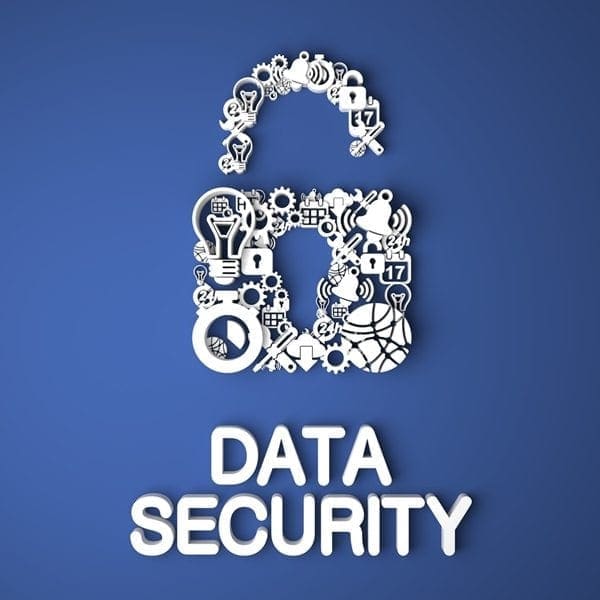Phishing scams are a favored choice for cyber criminals due to the human element and being able to create social engineering messages that will make people take action. Every year they are on the rise, and particularly in seasons, like tax season, or unique moments, such as the pandemic, when cyber criminals can take advantage of fear to get people to take action immediately.
With a hybrid and remote workforce that isn’t always prepared to know what to look for, phishing scams have become even more dangerous. Security awareness training, such as phishing exercises help businesses to protect data, devices and employees by teaching them what to look for and what to do.
Phishing exercises can be conducted weekly, quarterly or monthly. The time frame is based on the company’s need and obviously, it is ideal to decide based on the results you get with your hybrid and remote workforce.
To support your hybrid and remote workforce to avoid falling for deceptive messages that arrive in a way to try and trick users to download items or click on links, let’s take a look at some best practices for creating an effective phishing exercise, as well as the benefits of this type of training.
Best practices include:
- Create a phishing exercise that is relevant to your business and current threat landscape. Be sure to include links, attachments, or embedded URLs in the email messages you send out for each scenario.
- Keep it realistic – don’t use “click here now!” type of subject lines because they are too obvious. Instead think about what this could look like if it were from inside your company: an automated message sent by IT with instructions on how to update software; an outreach offer from another department such as HR; etc.
- Include people who have different levels of awareness training – some may be security experts while others may not know much at all when teaching them how to respond during a phishing attack.
Benefits of phishing exercises include:
- Increased security awareness among employees who may not be aware of how they may become victims of these types of attacks.
- Better understanding by management about what can happen if they don’t have strong cybersecurity controls in place.
- Business email security practices are improved reducing cyber risks for the company.
Additional guidance: If you’re thinking about tools or software for phishing
If you are thinking about a tool or type of software for phishing, don’t forget to choose the right one, each has its own strengths and weaknesses.
Since phishing exercises are a very important type of security awareness training, we want to make sure that you gain an in-depth understanding of the way they can support your business completely.
This will also help management to better determine what tools or software need to be in place for cybersecurity controls so that the company doesn’t fall prey to these types of attacks.
It’s also important to think about who needs access to these tools and/or software; whether it’s just managers or everyone from IT personnel through customer service representatives.
The goal with this content is not only educating users but making them aware of their vulnerability when it comes to phishing attempts by providing education sessions across various departments within organizations.
For additional support with security awareness training and phishing exercises, take a look at our small business online training services here: https://training.ncxgroup.com/pro/
Also, schedule your free consultation if you have more questions and need a specific type of set up for your remote and hybrid workforce phishing exercise training set up.
Photo Courtesy of Tashatuvango

